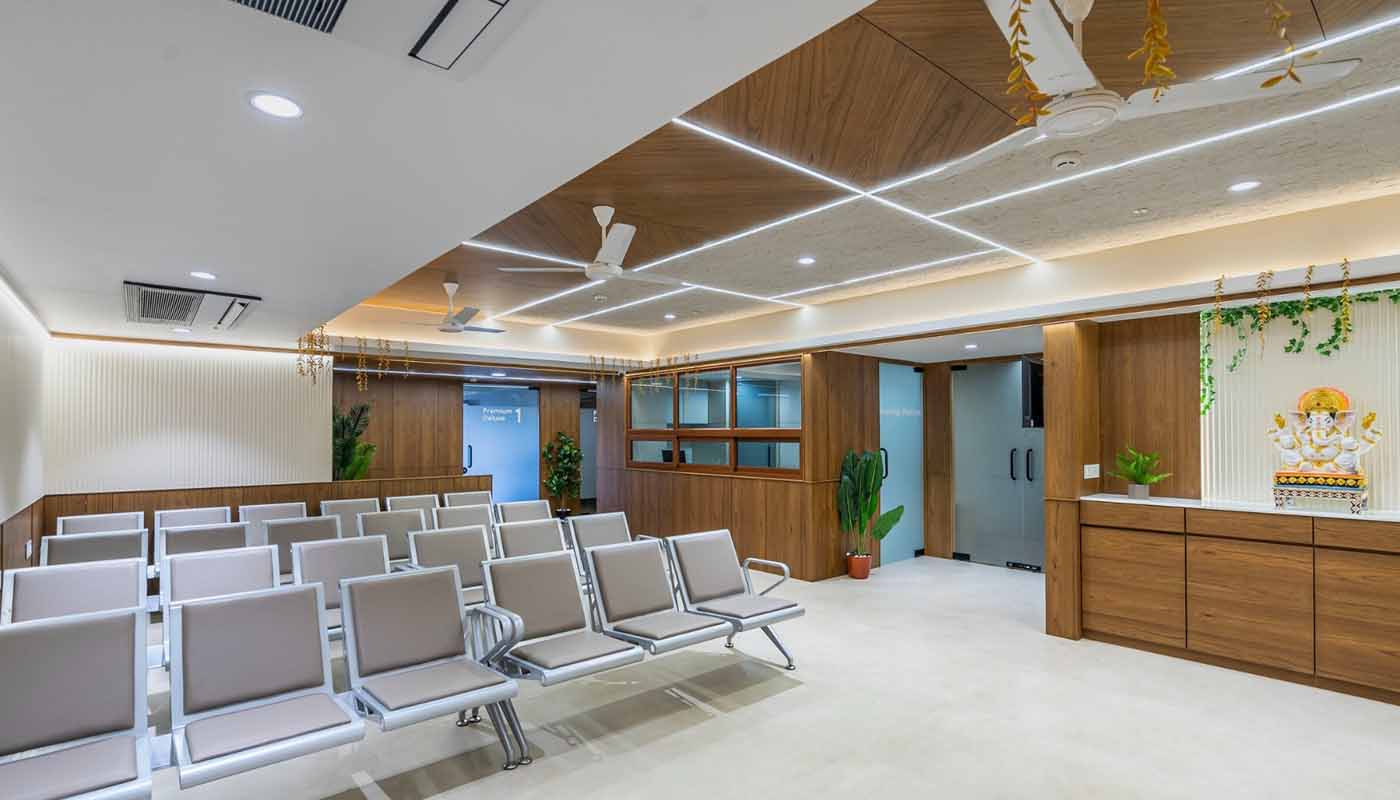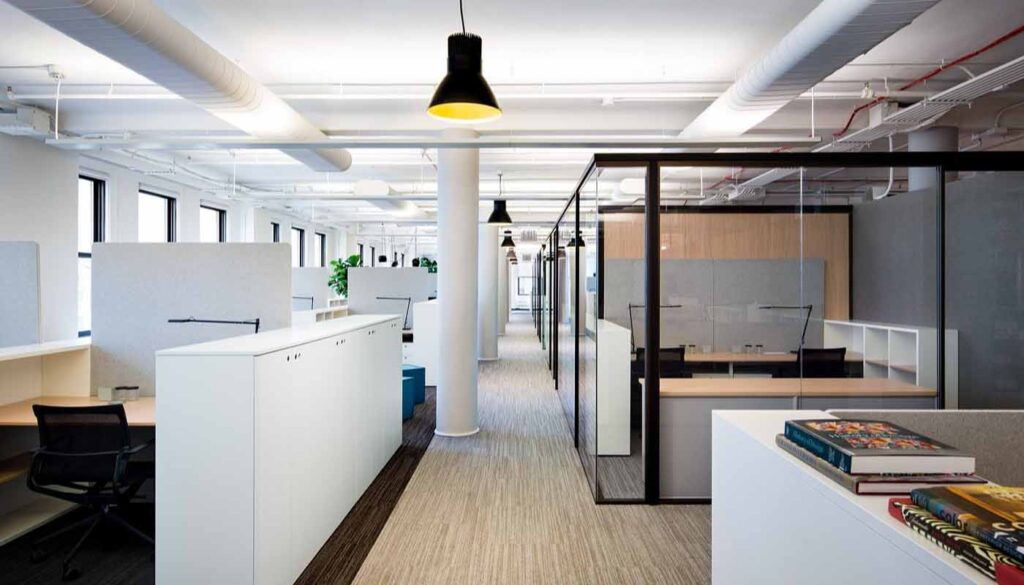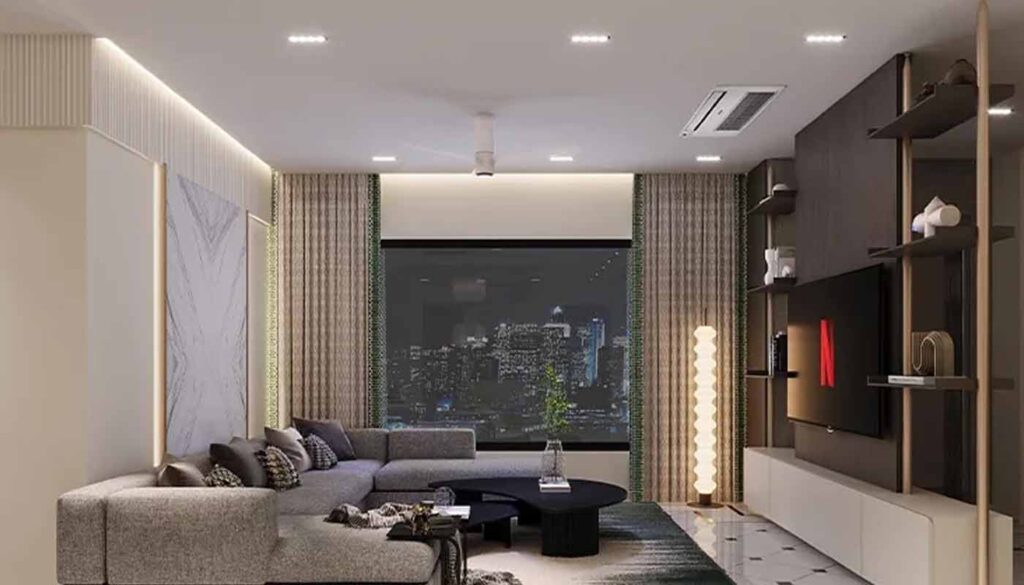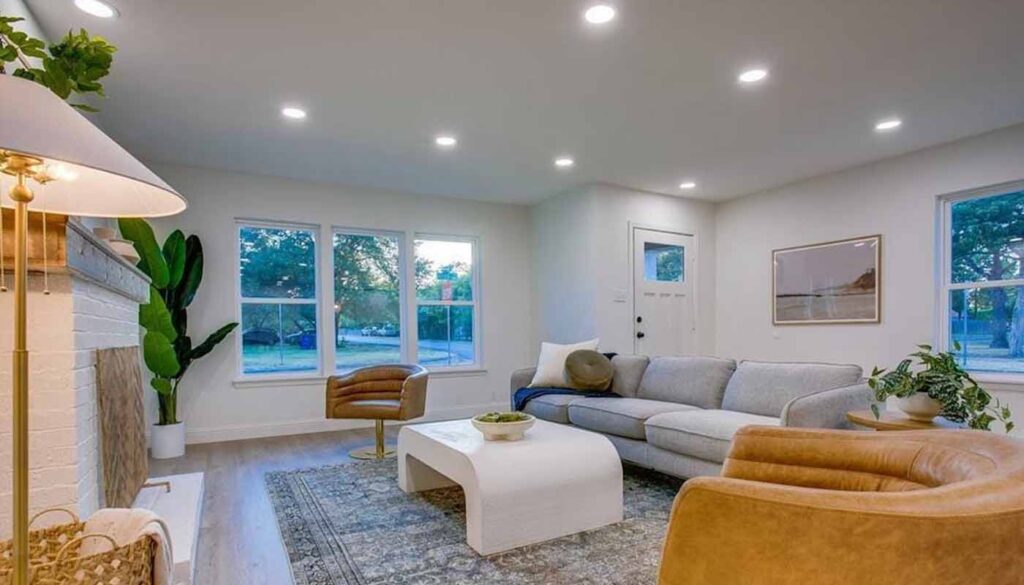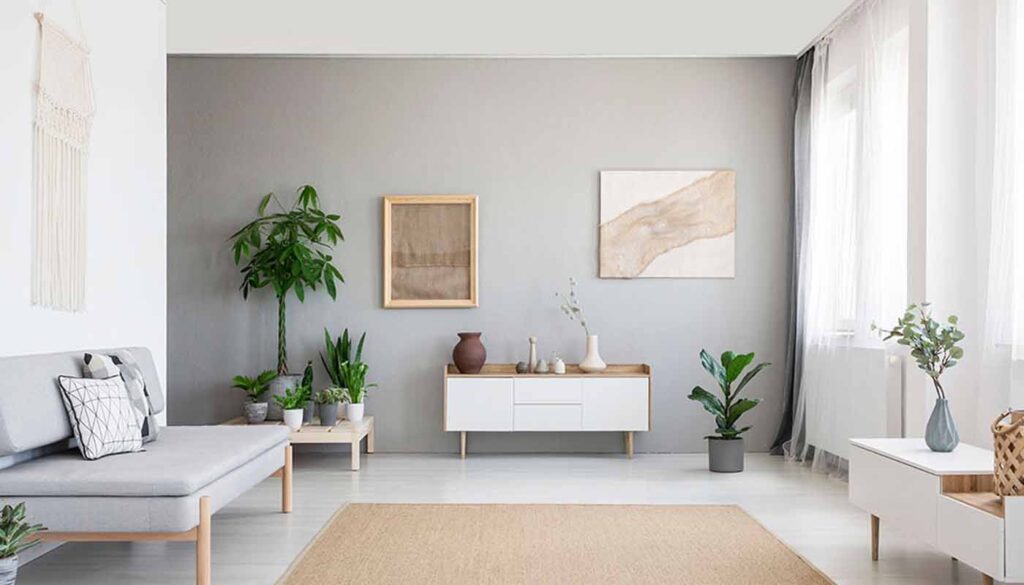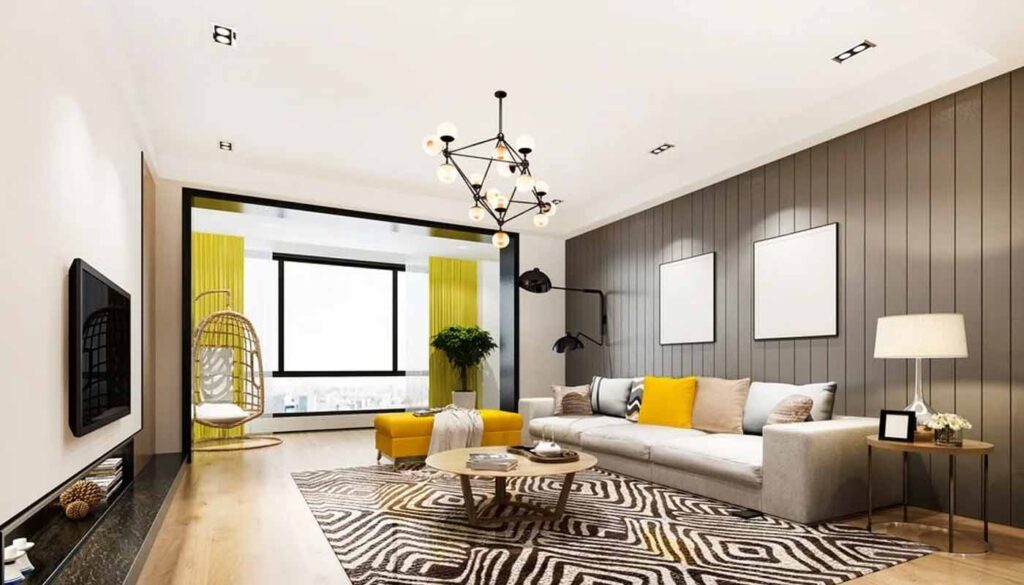Best Hospital Interior Designers
Creating a positive and healing environment is crucial in hospitals, as it directly impacts the well-being of patients and the efficiency of healthcare professionals. Hospital interior design is no longer just about functionality; it has evolved into a blend of aesthetics, innovation, and practicality. The role of expert hospital interior designers is pivotal in transforming healthcare spaces into welcoming and efficient environments.
1. Importance of Hospital Interior Design
Hospital spaces should cater to the physical and emotional needs of patients, their families, and the medical staff. A well-designed hospital can:
- Enhance Patient Recovery: A calming and well-structured environment promotes faster healing and reduces stress.
- Boost Staff Productivity: Thoughtful layouts and ergonomic designs improve workflow and efficiency for doctors and nurses.
- Create a Welcoming Atmosphere: A visually appealing and functional space leaves a positive impression on visitors and patients.
- Ensure Safety and Hygiene: Proper material selection and layout can minimize infection risks and enhance overall safety.
2. Key Elements of Hospital Interior Design
1. Optimized Space Planning
Efficient space planning is the backbone of hospital interior design. Designers focus on creating layouts that streamline movement, reduce clutter, and allocate dedicated areas for patients, staff, and equipment. For example, ensuring that operating rooms, ICUs, and diagnostic centers are easily accessible can save crucial time during emergencies.
2. Soothing Color Schemes
Color psychology plays a significant role in creating a healing environment. Soft, neutral tones like whites, greens, and blues are often used to induce calmness and reduce anxiety. Accent colors can be added subtly to uplift the mood in specific areas, such as pediatric wards or waiting rooms.
3. Natural Lighting and Ventilation
Incorporating natural light and ensuring proper ventilation are vital in hospital interiors. Large windows, skylights, and strategically placed glass panels allow sunlight to brighten spaces, improving the overall ambiance and promoting well-being.
4. Ergonomic Furniture and Fixtures
Comfortable and functional furniture is essential for both patients and staff. Hospital beds, chairs, desks, and waiting room seating should be designed for maximum comfort and durability while adhering to strict hygiene standards.
5. Wayfinding and Signage
Hospitals are often large and complex. Clear and intuitive wayfinding systems, including signage, color-coded pathways, and interactive maps, help patients and visitors navigate easily without feeling overwhelmed.
6. Infection Control Measures
The choice of materials is crucial in hospital design to maintain hygiene and prevent the spread of infections. Non-porous surfaces, antibacterial coatings, and easy-to-clean materials are commonly used for floors, walls, and furniture.
7. Specialized Design for Departments
Each department in a hospital has unique requirements. For example:
- Pediatric wards may feature playful and colorful designs.
- Maternity wards may focus on creating a warm and homely environment.
- ICU and surgical rooms prioritize functionality and advanced technology integration.
8. Incorporating Technology
Modern hospital designs seamlessly integrate technology to enhance efficiency. From digital screens for patient monitoring to automated lighting and HVAC systems, technology-driven solutions are now an integral part of hospital interiors.
3. Why Hire the Best Hospital Interior Designers?
Designing a hospital is a specialized task that requires a deep understanding of healthcare needs and architectural expertise. Here are the reasons why hiring the best hospital interior designers is a wise investment:
- Tailored Solutions: Experienced designers understand the unique challenges and requirements of each healthcare facility and offer customized designs that meet those needs.
- Compliance with Standards: They ensure that the design complies with local and international healthcare regulations, including safety and accessibility standards.
- Innovative Ideas: The best designers bring fresh perspectives and innovative ideas to create spaces that are both functional and aesthetically pleasing.
- Cost-Effective Planning: Proper planning and material selection by professionals can save costs in the long run by reducing maintenance and operational expenses.
- Stress-Free Execution: Hiring experts ensures smooth project management, from concept to completion, allowing hospital administrators to focus on other priorities.
4. Transforming Hospitals in Chennai
For healthcare facilities in Chennai, the demand for top-tier hospital interior designers has been growing. Many leading firms specialize in designing modern and efficient hospital spaces that reflect the city’s commitment to quality healthcare. These designers combine global standards with local sensibilities, ensuring hospitals in Chennai offer a world-class experience.
If you are looking for hospital interior designers in Chennai, it’s important to choose a team that understands your vision and has a proven track record of delivering exceptional results. With their expertise, you can create a space that is not only functional but also inspiring and comforting.
5. Conclusion
Hospital interior design goes beyond aesthetics; it’s about creating a space that fosters healing, supports medical professionals, and welcomes visitors. Whether it’s through thoughtful layouts, soothing color schemes, or advanced technology, the best hospital interior designers play a key role in revolutionizing healthcare environments.
If you’re planning to upgrade or build a hospital, don’t settle for anything less than the best. Reach out to experienced hospital interior designers to bring your vision to life and make a meaningful impact on patients and staff alike.





